
Anarchy Dance Theatre
A collection of items from the Prosthetic Knowledge Tumblr archive and around the web around the subject of dance and the creative employment of contemporary technology.
Anarchy Dance Theatre


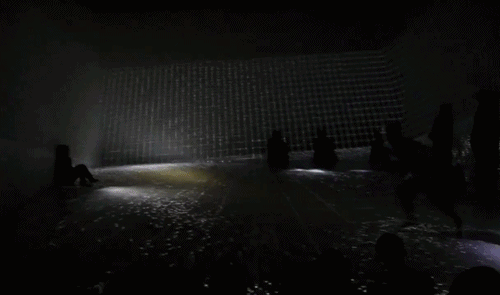
Taiwanese dance group perform in specially designed interactive projected space created by UltraCombo to great effect - video below:
From the project description:
The collaboration project between Anarchy Dance Theatre and Ultra Combos focused on building up a new viewer centered performance venue. In this space all movements including the dancers’ and audience’s can be detected and interact with each other through visual effect. The audience is not merely watching the show but actively participating in it.
More about the group and their project can be found here
Trinity

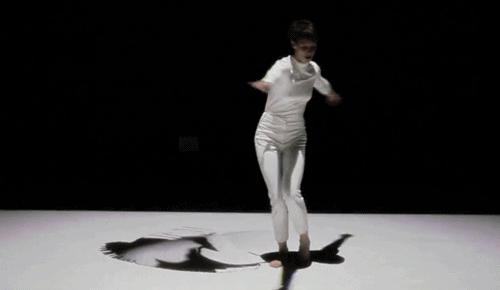
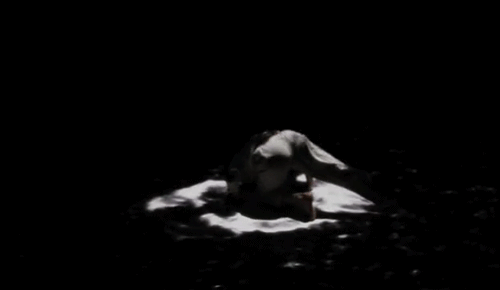
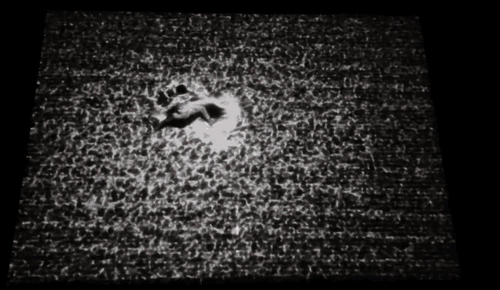
A monochromatic real-time reactive dance performance where computer visuals are as important to the movements themselves - video embedded below:
Trinity is a dance performance with high levels of real time interaction and close relationship between: dance, sound and visuals.
The interactive link is done through a videocamera installed above the stage and under infrared lighting. Besides positional tracking the project is focus in measuring movement qualities as: forces and directions, accelerations, stage position, velocity and body area.
The performance has been created and executed in live using the environment MAX/MSP/JITTER by Cycling74 and the computer vision library CV.JIT by Jean-Marc Pelletier.
More can be found at the Electric Performers website here
Dance and Projection Mapping from Daito Manabe
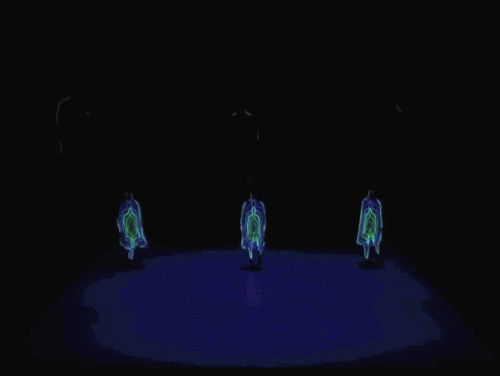

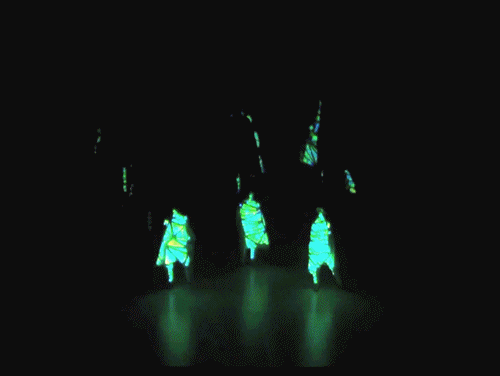
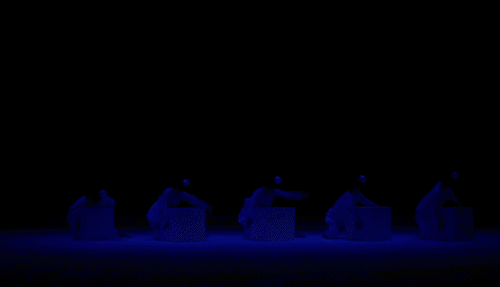

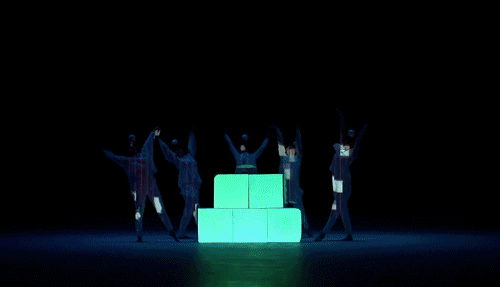
Stunning examples which demonstrate the incorporation of projection mapping onto the moving body - videos of projects one and two below:
More of Daito's work can be found at his website here http://www.daito.ws/
Instrumental Bodies
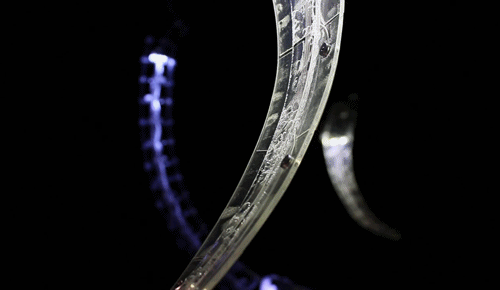
Prosthetic digital musical instruments create sounds based on movement and touch, designed for dance performances. Created at IDMIL, 15 minute video embedded below talks and demonstrates the project:
From the project description:
Researchers at the Input Devices and Music Interaction Lab at McGill University recently released a video documentary on the design and fabrication of “prosthetic digital instruments” for music and dance. These instruments are the culmination of a three-year long project in which the designers worked closely with dancers, musicians, composers and a choreographer. The goal of the project was to develop instruments that are visually striking, utilize advanced sensing technologies, and are rugged enough for extensive use in performance.
The complex, transparent shapes are lit from within, and include articulated spines, curved visors and ribcages. Unlike most computer music control interfaces, they function both as hand-held, manipulable controllers and as wearable, movement-tracking extensions to the body. Further, since the performers can smoothly attach and detach the objects, these new instruments deliberately blur the line between the performers’ bodies and the instrument being played.
Technological Backstage
Unlike most of the videos collected in this post, which document technology-based dance in its finished form, this video from Mehdi Tayoubi documents the behind-the-scenes process, showing how a dance piece that uses projection and real-time processing is put together.
Cadence
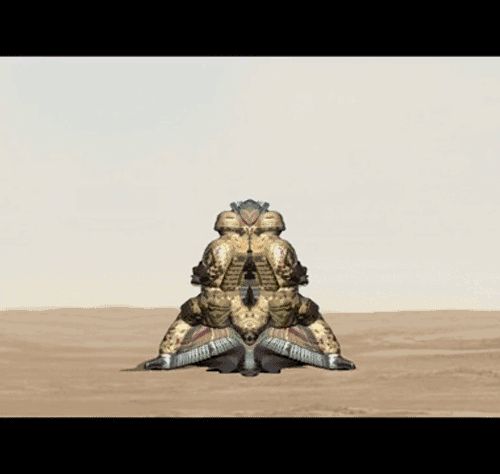
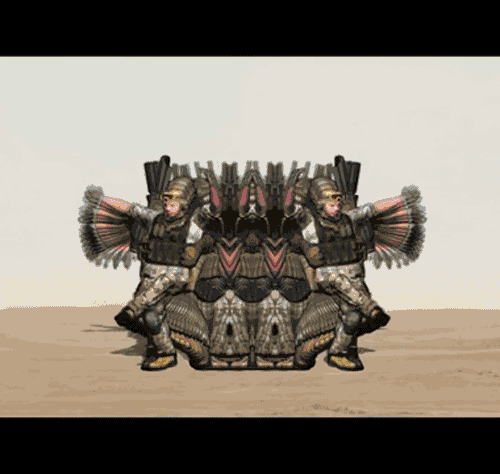
A different type of dance and technology, project, Cadence by Baden Pailthorpe uses machinima and video processing.
The artist's description:
Cadence I - IV, (2013)
HD video, colour, stereo sound, 6 mins / 4 mins.
Edition of 5 + 2 AP.
The institution of the military is steeped in performative traditions, rituals and practices. Indeed the collective military body can be thought of as being characterised by a carefully calibrated choreography of movement.
Cadence (2013) is a series of four new-media artworks whose subject sits between war and performance. In these new video works, the figure of the Australian, US and Taliban soldier is placed within formal landscapes appropriated from pro-military cinema and military training simulators.
Rather than enacting standard military gestures or postures, the simulated soldier performs a slow and poetic dance. The usual politics of movement, discipline and posture of the military body are subverted, and instead rendered soft and expressive.
The seductive visual rhythm of cadence, camouflage and natural mimicry in these works gesture towards the dark mysticism of military history, where soldiers and psychedelics have often combined to disrupt landscapes and produce mystic escapes.
Baden Pailthorpe’s website can be found here.

